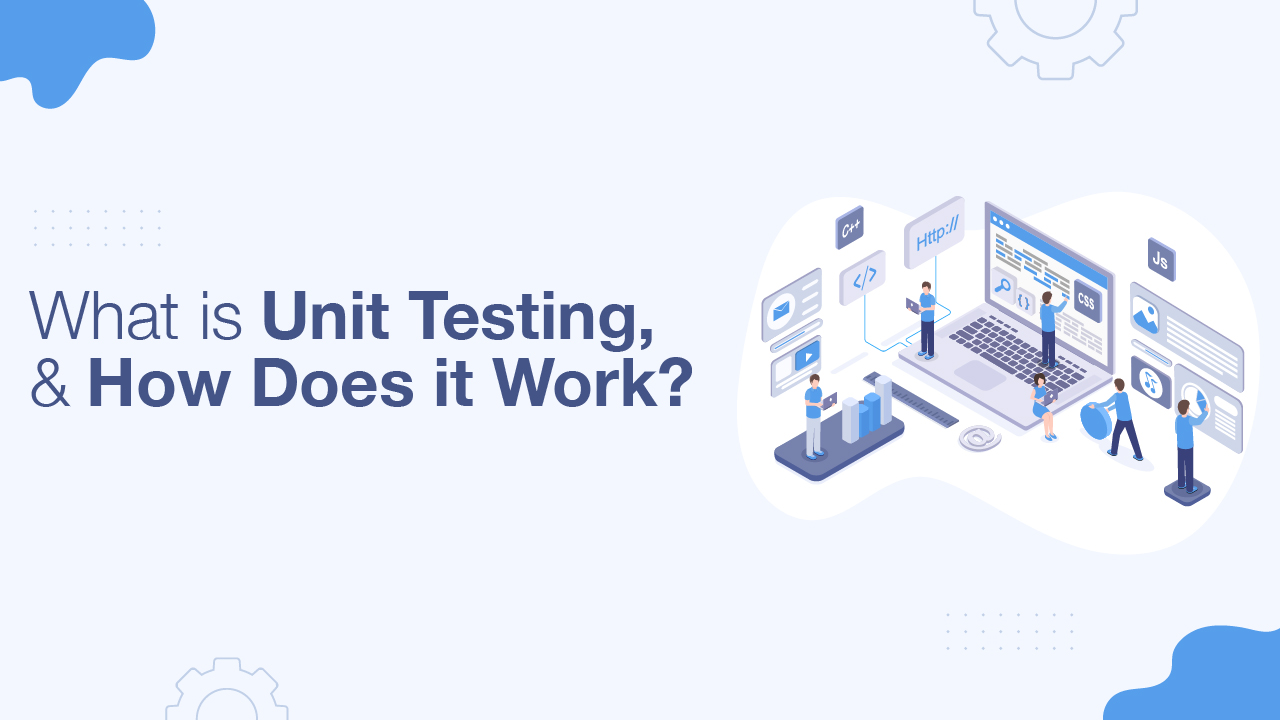
Event Sourcing is an architectural pattern that involves storing the state of an application as a sequence of events. This approach provides a comprehensive history of changes, which can be beneficial for various reasons including auditing, debugging, and reconstructing past states.
What is Event Sourcing?
Event Sourcing is a pattern that differs from traditional CRUD operations by focusing on storing every state change as a distinct event rather than persisting the current state alone. These events represent significant changes in the system and are stored in an event store.
Core Concepts of Event Sourcing:
- Event: An immutable record that represents a change in the system’s state. Each event describes what happened but not how the current state is derived.
- Event Store: A specialized storage mechanism for keeping the sequence of events. This can be a database optimized for append-only operations.
- Command: An instruction to perform an action that may lead to one or more events. Commands are the starting point for state changes.
- Aggregate: A cluster of related domain objects that is treated as a single unit for data consistency. Aggregates handle commands and generate events.
- Projection: A read-optimized view of the data derived from the events. Projections allow querying and presenting data in various formats.
Benefits of Event Sourcing:
- Auditability: Since every state change is recorded as an event, you can track the entire history of changes. This feature is crucial for compliance and auditing purposes.
- Rebuild State: You can reconstruct the current state of the system at any point in time by replaying the events. This is useful for debugging and recovering from errors.
- Scalability: Event Sourcing is suitable for high-write scenarios and complex business processes where traditional data storage methods might struggle.
- Flexibility: Events provide a rich history of state changes, allowing for flexible data modeling and adaptation to new requirements.
Challenges of Event Sourcing:
- Complexity: Implementing Event Sourcing can be complex, requiring careful design of event schemas and management of event versions.
- Event Storage: Efficiently storing and querying a potentially large volume of events can be challenging.
- Consistency: Maintaining consistency between events and projections requires careful handling of eventual consistency and replay logic.
Example Implementation:
Consider an e-commerce system where we need to manage customer orders. Instead of storing the order state directly, we store events such as OrderPlaced, OrderShipped, and OrderDelivered. Each event captures a change in the order’s lifecycle.
public class OrderPlacedEvent
{
public Guid OrderId { get; set; }
public DateTime OccurredAt { get; set; }
public string CustomerId { get; set; }
public decimal Amount { get; set; }
}
public class OrderAggregate
{
private List<IEvent> _events = new List<IEvent>();
public void PlaceOrder(string customerId, decimal amount)
{
var orderPlaced = new OrderPlacedEvent
{
OrderId = Guid.NewGuid(),
OccurredAt = DateTime.UtcNow,
CustomerId = customerId,
Amount = amount
};
_events.Add(orderPlaced);
}
}
Conclusion:
Event Sourcing offers a powerful way to manage application state by focusing on the events that cause state changes. While it introduces complexity, the benefits of auditability, flexibility, and scalability make it a valuable pattern for many applications.
For more detailed information on Event Sourcing, you can refer to Event Sourcing on Martin Fowler’s website.


